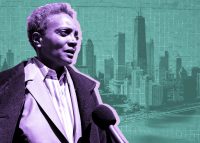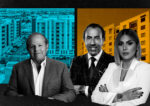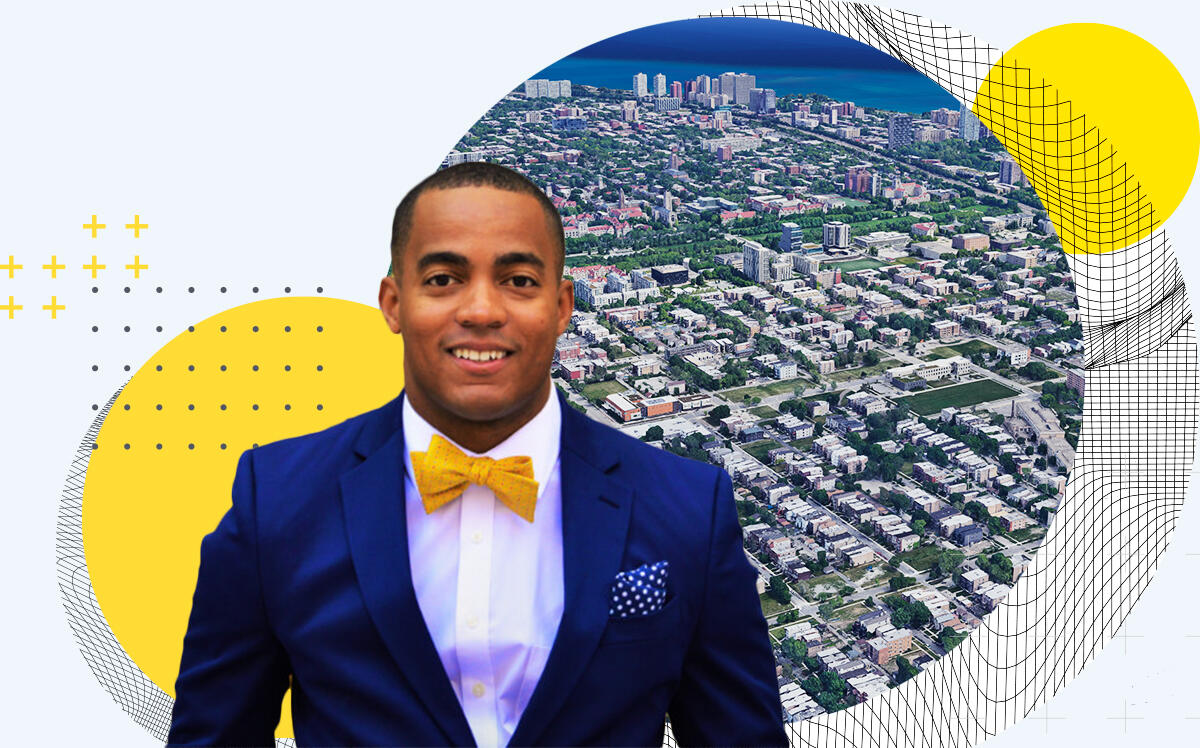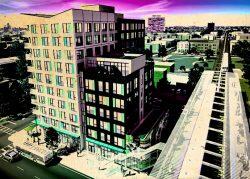 Developers wanted: Chicago looks to transform struggling commercial districts
Developers wanted: Chicago looks to transform struggling commercial districts
Trending
 Evictions surge at Hialeah’s luxury apartment projects Shoma Village, Pura Vida and Manor
Evictions surge at Hialeah’s luxury apartment projects Shoma Village, Pura Vida and Manor Lawmakers reach sweeping housing deal with “good cause eviction,” new 421a
Lawmakers reach sweeping housing deal with “good cause eviction,” new 421a Charles Schwab slashing Chicago office space with big subleases
Charles Schwab slashing Chicago office space with big subleases Tony Park and Elad Dror take a gamble on Koreatown office-to-resi conversion
Tony Park and Elad Dror take a gamble on Koreatown office-to-resi conversionChicago players welcome new tack in development push
Two city RFQs seek developers for sites on South and West sides

Two years after Chicago announced an ambitious plan to draw construction to the overlooked South and West sides, developers are welcoming a new push that aims to peel back bureaucratic obstacles from the application process.
The city is soliciting architect and developer qualifications to redevelop city-owned properties in Woodlawn and near Lake Street and Kedzie Avenue. While spurring development in those areas is a goal of the city’s Invest South/West Initiative, launched in 2020, that plan sought fleshed-out proposals that are more resource-intensive for smaller firms. RFQs, by contrast, are used to screen qualified applicants, asking firms to submit their credentials, before receiving full proposals.
“Some of this is to cut through the fluff, [see] who actually has the credentials,” said A.J. Patton, whose 548 Capital won an Invest South/West bid to build a $38 million solar-powered industrial complex in North Lawndale. “It seems like the city is trying to lighten the load.”
The RFQs open up the field for more developers and to more partnerships between bigger and smaller ones, Patton and other Invest South/West participants said. It’s another effort from Mayor Lori Lightfoot’s administration to lure builders to struggling commercial districts and historically segregated and gentrifying areas.
The move suggests the city is more conscious of hurdles to development, said Phil Beckham, whose P3 Markets is developing 43 Green, a $100 million mixed-use project in Bronzeville. RFPs can cost between $50,000 to $100,000, which can be a prohibitive cost.
Beckham expressed interest in participating and said it’s possible the city aims to include developer teams that didn’t win bids through Invest South/West.
“It just lowers the barriers for smaller developers,” he said. “I think it’s going to really open it up.”
The sites targeted, which are geographically larger, will draw bigger players and could also lead to partnerships between larger and smaller firms, developers said. Beckham likened that relationship to his firm’s venture with The Habitat Co. for 43 Green.
“That’s a project that as a small developer we would not be able to do on our own,” he said.
Torrey Barrett, whose Imagine Group is a co-developer on the $31.4 million Lawndale Redefined project, said his team plans to submit several responses and will form a partnership with a larger firm if selected.
“It will be a combination of large minority firms that have the bonding capacity to develop a $20M+ project, and joint venture partnerships of minority and majority firms,” he said.
The RFQs are for $50 million to $100 million projects, Patton said. The city has also issued two requests for mixed-use development proposals for a site on Pershing Road and for Avondale’s Belmont Triangle. Patton said those are larger projects as well, estimating that a project to redevelop Belmont Triangle would be at least $60 million.
“These are much bigger bites of the apple,” he said. He noted that the new sites have stronger Latino representation than Invest South/West sites.
Patton said his firm has expressed interest in submitting an RFP and RFQ and is looking into which site it can serve best.
The Woodlawn site is “unique and of significant interest because of the proximity to the Obama Presidential Center” under construction in Jackson Park, Barrett said. The presidential center has sparked fears of price hikes that would squeeze residents of that neighborhood out of their homes.
Barrett said the neighborhoods won’t see a ribbon-cutting for at least two to three years after a team is chosen, estimating that it will take at least a year to close on financing for the project and that construction will take up to a year and a half.
“However, if the right developer is chosen, the neighborhood will benefit immediately because the developer will start engaging the community and local businesses to work together,” he said.
Read more
 Developers wanted: Chicago looks to transform struggling commercial districts
Developers wanted: Chicago looks to transform struggling commercial districts
 Mixed-use development set to bring housing, retail to Bronzeville
Mixed-use development set to bring housing, retail to Bronzeville
